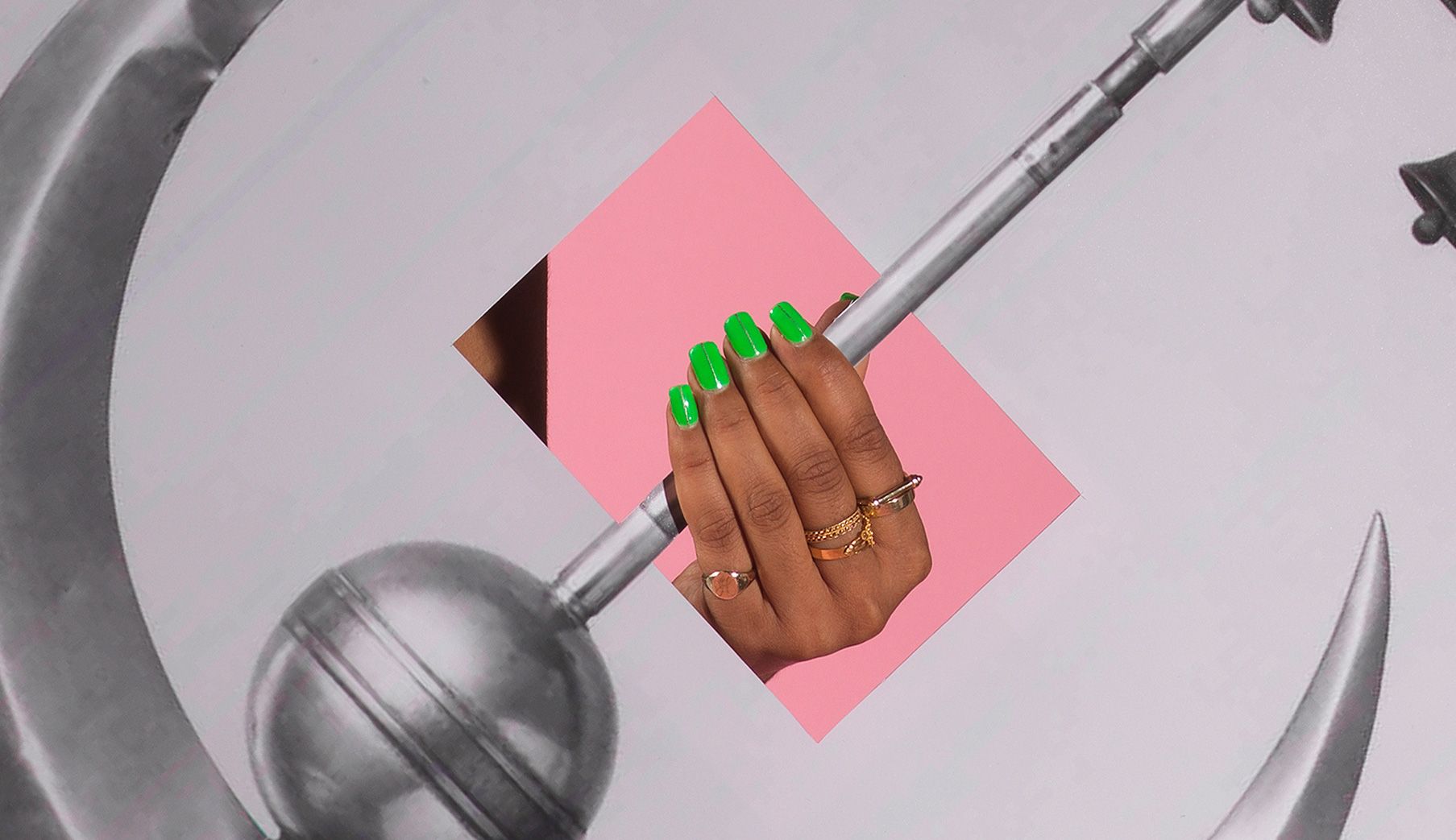Baseera Khan: Surveillance of Desire
For Art Basel Statements, Simone Subal Gallery is pleased to present recent works by Baseera Khan, comprising the artist’s first solo presentation outside of the United States. Khan’s practice uses the lens of their own body to investigate how subjectivity is shaped and threatened by social and capitalist systems. Much of this inquiry revolves around surveillance, and how it coincides with the construction of the artist’s gender and Muslim identity. This presentation aims to distill a specific theme from Khan’s multifaceted practice: the ways in which surveillance, particularly body-scanning software, opens new pathways for both policing and creating desire in an increasingly carceral and consumerist society.
Khan’s series titled Bust of Canons connects contemporary technologies of body-scanning and video surveillance to artworks and artifacts collected by major museums. For this presentation Khan has created The Protector, 2023, a bust based on a 14th century Nepalese sculpture currently on view at the Metropolitan Museum of Art in New York City. Khan’s Busts comprise an unaltered 3D scan of Khan’s own body, that once printed in acrylic is then severed and repositioned. This unusual positioning emphasizes the biologically impossible “S-curve” pose found both in idealized sculptures of Hindu goddesses and deities, as well as across doctored images on social media. Holding a wand that incorporates the artist’s own hair, the Bust also establishes a direct relationship to the ways in which the South Asian body is objectified and commodified by the beauty industry.
In their series I Arrive in Place with a High Level of Psychic Distress, Khan created a low-tech body-scanner of their own by building a 12-foot-tall transparent platform, lying down upon it, and photographing their body from below. Khan wrapped themself in South Asian textiles, some of which were produced in collaboration with rug makers in Kashmir who interpreted designs supplied by the artist. By intentionally obscuring their face and pressing their weight onto a clear substrate, Khan retains a level of anonymity in these vulnerable, undoctored depictions of their body. Khan’s life-sized photographs are then mounted behind shards of colored plexiglass inlaid within the frames, employing chakra color theory as a method to engineer self-protection and energy healing through radical ornamentation.
Khan’s Law of Antiquities photographs chart the artist’s collaboration with museum curators and conservators to establish new dialogues with objects from the Arts of the Islamic World collection at the Brooklyn Museum. Many foreign holdings in museum collections were acquired under questionable circumstances, and Khan symbolically reclaims access to their cultural lineages by staging performative interventions with the fragile objects. Without the ability to handle these historic objects directly, Khan instead engaged with the collection through photography and used the resulting printed images as studio props in and of themselves. Much like the flattening present in I Arrive, Khan appears in editorialized photographs and digital collages that attempt to compress both the physical and historical distance between themself and these symbolic artifacts. Here and there, a nitrile-gloved hand of a conservator peeks into view, commingling with Khan’s elaborately manicured nails.
Surveillance of Desire is a presentation that tracks a multi-faceted investigation of the ways in which an unwelcome gaze, be it colonial, patriarchal, or self-inflicted, can deeply influence the ways we move in the world, connect to others, and see ourselves.












